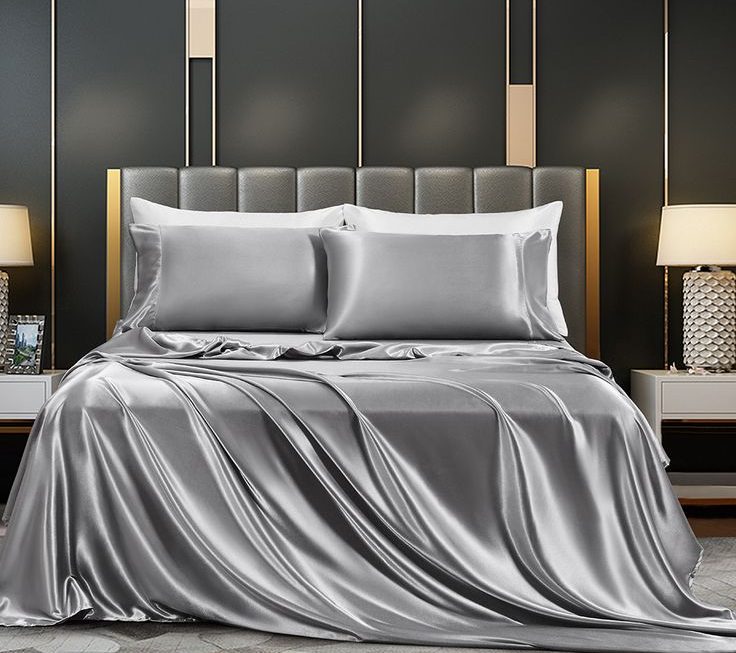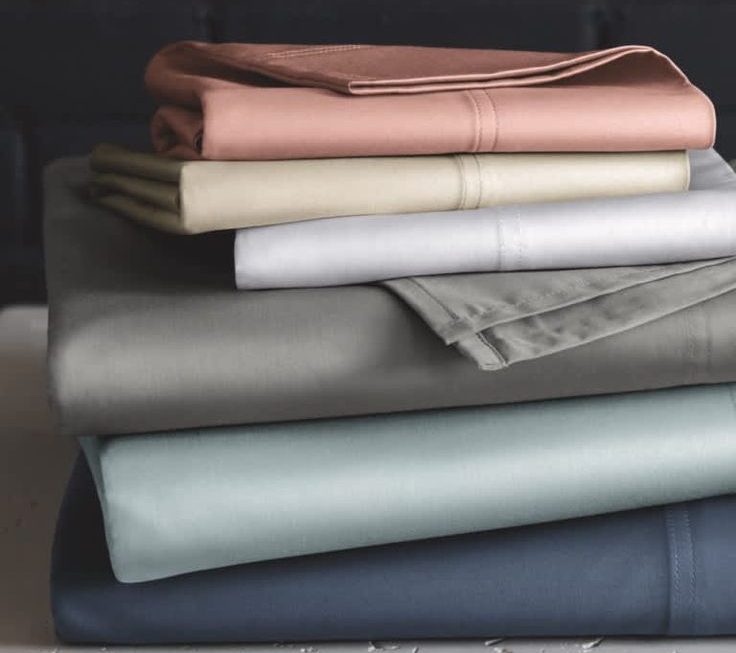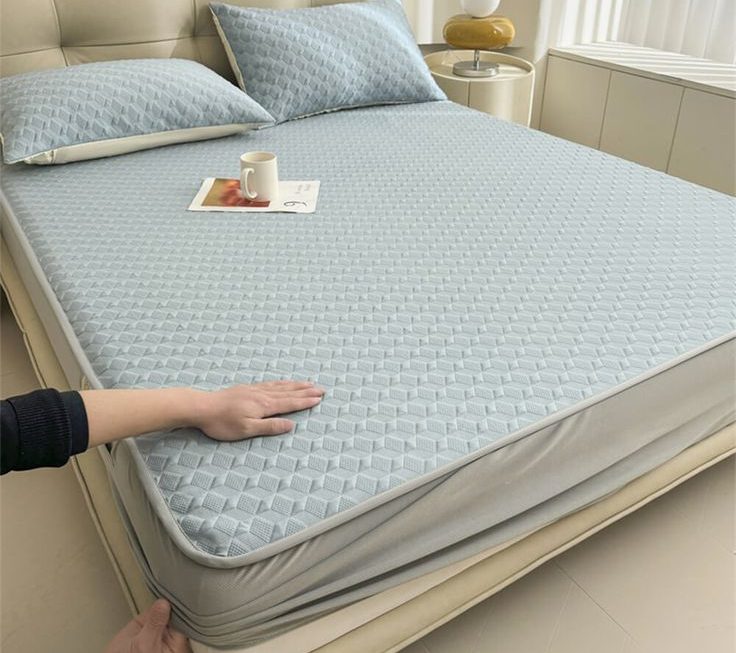 Introduction:
Introduction:
Regular vacuuming is an essential part of carpet maintenance to ensure cleanliness, remove dirt, and prolong the life of your carpet. However, the frequency of vacuuming can vary based on factors such as foot traffic, household size, and pets. In this comprehensive guide, we will explore how often you should vacuum your carpet based on various considerations. By understanding these factors, you can establish a vacuuming routine that keeps your carpets looking fresh and clean.
 Common materials used in carpet manufacturing:
Common materials used in carpet manufacturing:
Carpets can be made from various materials, and the choice of material can greatly impact the appearance, durability, and maintenance of the carpet. Here are some common materials used in carpet manufacturing:
Nylon:
It is one of the most popular materials used in carpet production due to its durability and resilience. Nylon carpets are known for their excellent resistance to staining, abrasion, and crushing. They are suitable for high-traffic areas and come in a wide range of styles and colors.
Polyester:
Polyester carpets are appreciated for their luxurious appearance and affordability. They provide excellent resistance to fading, stain absorption, and mildew. Polyester carpets are available in a variety of colors and patterns, making them a versatile choice for different interior designs.
Olefin (Polypropylene):
Olefin, also known as polypropylene, is valued for its stain-resistance and durability. It has inherent resistance to moisture, which makes it a suitable choice for areas with high humidity or potential water exposure. Olefin carpets are commonly used in areas like basements and outdoor spaces.
Wool:
Itis a natural fiber that is highly regarded for its durability, luxurious feel, and excellent insulation properties. Wool carpets have a soft and resilient texture and provide good stain resistance. They are more expensive than synthetic carpets and require special care and maintenance.
Blends:
Carpet blends are a combination of different fibers, generally mixing wool or nylon with synthetic fibers like polyester or olefin. Blends can offer the advantages of multiple fibers, such as the durability of nylon combined with the stain resistance of polyester.
It’s important to consider the specific needs and preferences of your space when choosing the carpet material. Factors such as foot traffic, potential stains, and desired aesthetic appeal should be considered to ensure the carpet material can meet the requirements and provide long-lasting satisfaction.
Introduction to Vacuuming Carpet
Vacuuming carpet is a crucial cleaning practice that helps remove dirt, dust, allergens, and debris from the carpet fibers.
A. Importance of Vacuuming: Regular vacuuming prevents dirt particles from becoming embedded in the carpet and contributes to maintaining indoor air quality.
B. Benefits of Vacuuming: Vacuuming regularly helps prolong the life of the carpet, prevents allergens from accumulating, and enhances the appearance of the space.
 Factors to Consider
Factors to Consider
Several factors influence how often you should vacuum your carpet, including foot traffic, household size, pets, and environmental conditions.
A. Foot Traffic: Carpets in high-traffic areas should be vacuumed more frequently to remove dirt and prevent it from settling deep into the fibers.
B. Household Size: Larger households tend to generate more dirt and debris, requiring more frequent vacuuming.
C. Pets: Pets shed hair and dander, which can accumulate in carpet fibers, necessitating more frequent vacuuming to maintain cleanliness and minimize allergens.
D. Environmental Conditions: Dusty environments, construction or renovation projects nearby, and outdoor activities can introduce more dirt and allergens into the carpet, requiring increased vacuuming.
General Vacuuming Guidelines
While the frequency may vary based on factors mentioned above, the following general guidelines can help establish a vacuuming routine for your carpet:
A. Lightly Used Areas: Vacuum once or twice a week for areas with minimal foot traffic, such as bedrooms or guestrooms.
B. Moderate to Heavy-Traffic Areas: Vacuum two to three times a week in areas with moderate to heavy foot traffic, like living rooms, hallways, or dining rooms.
C. High-Traffic or Pet Areas: Vacuum daily or every other day for areas exposed to heavy foot traffic or where pets spend most of their time.
Targeted Vacuuming
In addition to regular vacuuming, certain situations may require targeted or more frequent vacuuming efforts:
A. Allergies or Asthma: Vacuuming may be necessary more frequently for individuals with allergies or asthma to reduce allergens in the carpet.
B. Spills or Pet Accidents: Promptly vacuum the affected area after spills or pet accidents to prevent stains and odors from setting in.
C. New Carpet: Newly installed carpets may release loose fibers initially, requiring more frequent vacuuming until shedding diminishes.
 Proper Vacuuming Techniques
Proper Vacuuming Techniques
Effectiveness of vacuuming also depends on employing proper techniques to ensure thorough soil removal:
A. Slow and Steady: Pass the vacuum over each section of carpet slowly to allow the suction to capture embedded dirt effectively.
B. Multiple Directions: Vacuum in different directions (forward, backward, and diagonal) to dislodge dirt trapped in carpet fibers.
C. Use Attachments: Utilize appropriate attachments to clean stairs, upholstery, corners, and edges where the standard vacuum head cannot reach.
Maintenance and Care
Proper maintenance and care contribute to the longevity and optimal performance of your vacuum cleaner:
A. Empty or Replace the Bag: Regularly empty or replace the vacuum bag to ensure optimal suction and prevent dust from circulating back into the air.
B. Clean or Replace Filters: Follow the manufacturer’s instructions to clean or replace filters regularly to maintain peak performance.
C. Check and Maintain Brush Roll or Beater Bar: Periodically check the brush roll or beater bar and remove any debris or tangled hair to prevent clogs and maintain efficient cleaning.
Professional Carpet Cleaning
In addition to regular vacuuming, periodic professional carpet cleaning is recommended to remove deep-seated dirt and maintain the carpet’s condition.
A. Frequency: Schedule professional carpet cleaning every 12 to 18 months, or as recommended by the carpet manufacturer or cleaning professionals.
 Conclusion
Conclusion
Vacuuming your carpet regularly is crucial for the cleanliness, longevity, and indoor air quality of your living space. The frequency of vacuuming depends on factors such as foot traffic, household size, pets, and environmental conditions. By considering these factors, you can establish an appropriate vacuuming routine that meets the demands of your specific situation. Remember to use proper vacuuming techniques, maintain and care for your vacuum cleaner, and incorporate periodic professional carpet cleaning for optimal results. By following these guidelines, you can ensure that your carpets remain clean, fresh, and visually appealing for years to come.



